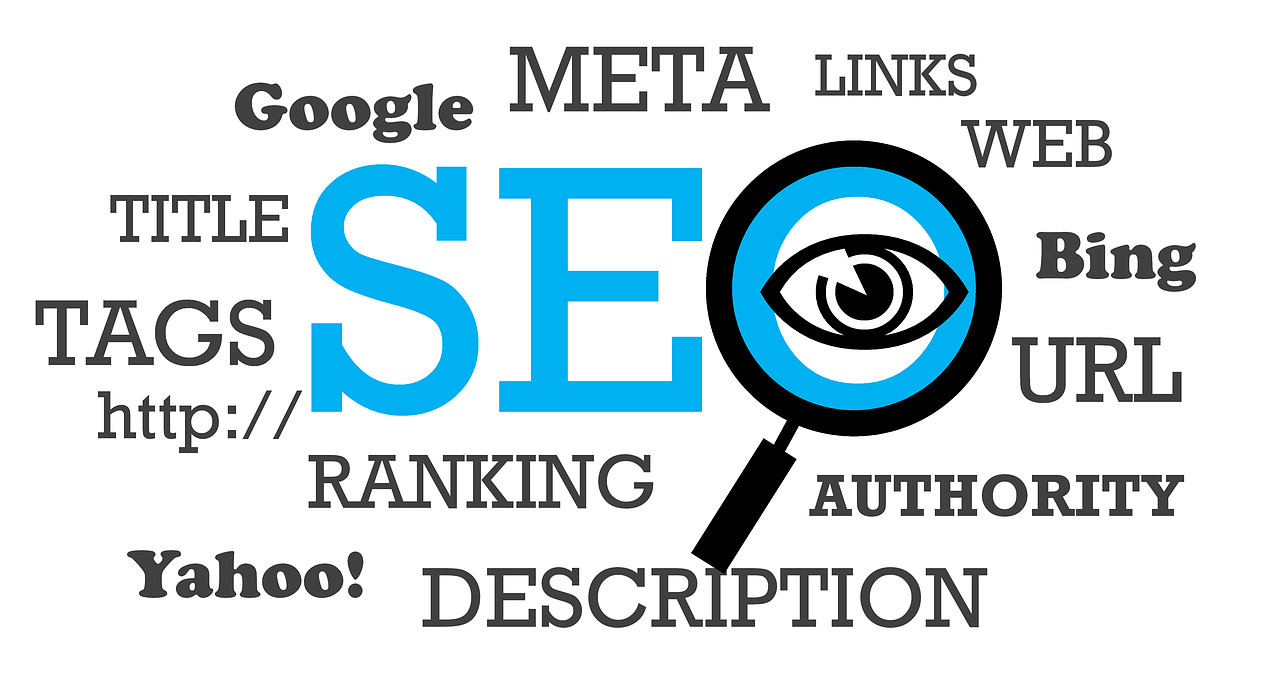
The Role of Header Tags in On-Page seo Optimization
Introduction
In the world of seo optimization, there are numerous factors that contribute to the overall success of a website. One crucial element that often gets overlooked is the effective use of header tags. Header tags, also known as heading tags or H-tags, play a significant role in on-page seo optimization. They not only enhance the visual appeal of a web page but also provide valuable information to search engine bots, helping them understand the content and structure of the page. In this article, we will explore the importance of header tags and how they can positively impact your website’s search engine ranking.
The Different Header Tags and their Hierarchy
Header tags are HTML elements that are used to define headings or subheadings within a web page. They range from H1 to H6, with H1 being the most important and H6 being the least important. Each header tag serves a specific purpose in outlining the hierarchy and organization of the content on a webpage.
H1: The Main Heading
The H1 tag is considered the most important header tag, as it represents the main heading of a webpage. It should clearly and concisely summarize the content of the page and include relevant keywords. It is recommended to have only one H1 tag per page to ensure clarity and avoid confusion for both users and search engines.
H2: Subheadings
H2 tags are used to mark subheadings within the content. They provide structure and help break the text into more digestible sections. Websites can have multiple H2 tags, and they should be used to introduce new topics or sections within the page.
H3-H6: Further Subheadings
H3 to H6 tags are additional header tags that can be used to further categorize and structure the content. They are particularly useful for long-form content with multiple subtopics. These tags should be used sparingly, and each subsequent header tag should be indented properly within its parent tag.
seo Benefits of Using Header Tags
Improved Readability and User Experience
One of the primary benefits of using header tags is that they enhance the readability and user experience of a webpage. Properly formatted headers help users skim through the content and find information they are looking for quickly. By breaking the text into smaller sections with clear headings, users can easily navigate the page, leading to increased engagement and decreased bounce rates.
Keyword Relevance and seo Signals
Search engines consider header tags as important signals of keyword relevance. By incorporating relevant keywords into your H1 and other header tags, you send a clear signal to search engines about the content of your webpage. This helps search engines understand the context of your page, improving your chances of ranking higher in search engine results pages (SERPs) for relevant queries.
Structured Data Markup
Effective use of header tags can also facilitate the implementation of structured data markup, such as Schema.org markup. Structured data provides additional context to search engines, allowing them to display rich snippets in SERPs. These snippets can include star ratings, reviews, and other valuable information that can attract more clicks and increase organic traffic.
Improved Crawlability and Indexability
Header tags provide a clear roadmap for search engine bots to crawl and index your webpage. By using properly formatted header tags, you ensure that search engine bots can easily understand the structure and hierarchy of your content. This improves the overall crawlability and indexability of your website, making it easier for search engines to analyze and rank your pages.
Conclusion
Header tags are an essential component of on-page seo optimization. They not only contribute to the visual appeal of a webpage but also help search engines understand the content and structure of a page. By using header tags effectively, you can improve the readability and user experience of your website, signal keyword relevance to search engines, facilitate structured data markup implementation, and enhance the crawlability and indexability of your web pages. Remember to use header tags judiciously and incorporate relevant keywords to achieve maximum seo benefits.
FAQs
1. Can I have multiple H1 tags on a single page?
No, it is recommended to have only one H1 tag per page. Multiple H1 tags can confuse search engines and affect the overall hierarchy and structure of the webpage.
2. Are header tags necessary for seo optimization?
While not having header tags won’t necessarily lead to penalties, proper use of header tags can significantly improve your website’s seo performance. Header tags contribute to improved readability, keyword relevance signals, structured data implementation, and better crawlability and indexability.
3. Should I include keywords in my header tags?
Yes, incorporating relevant keywords in your header tags can help search engines understand the content and context of your webpage. However, it is important to maintain a natural and user-friendly flow, avoiding keyword stuffing.
4. Are header tags visible to users?
Yes, header tags are visible to users as part of the webpage’s content. They are designed to enhance the visual appeal and readability of a webpage, allowing users to easily navigate through the content.





